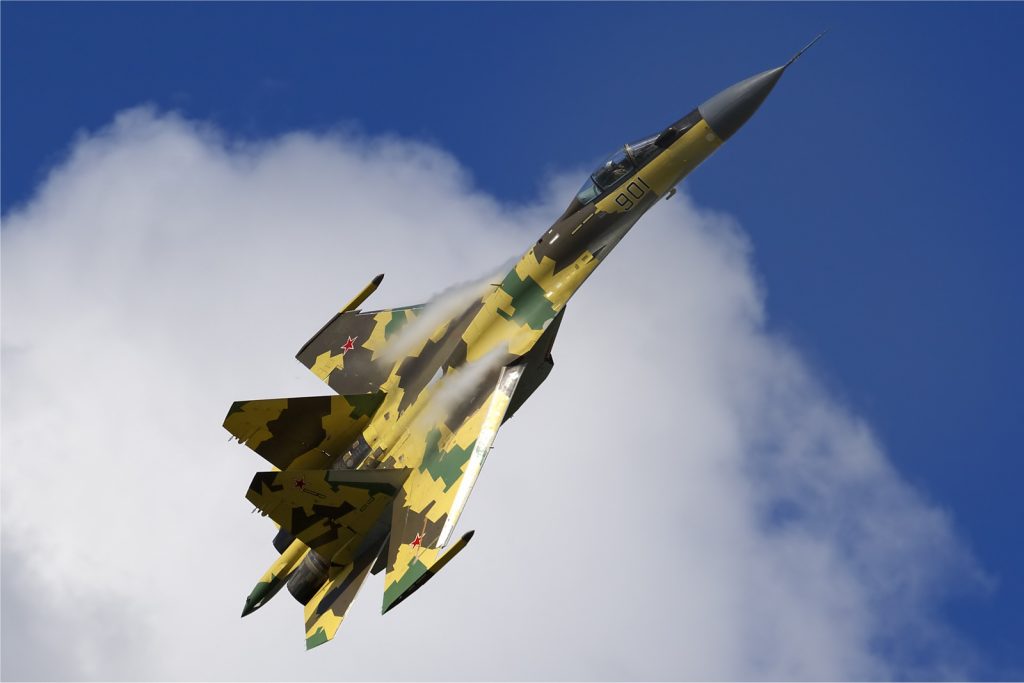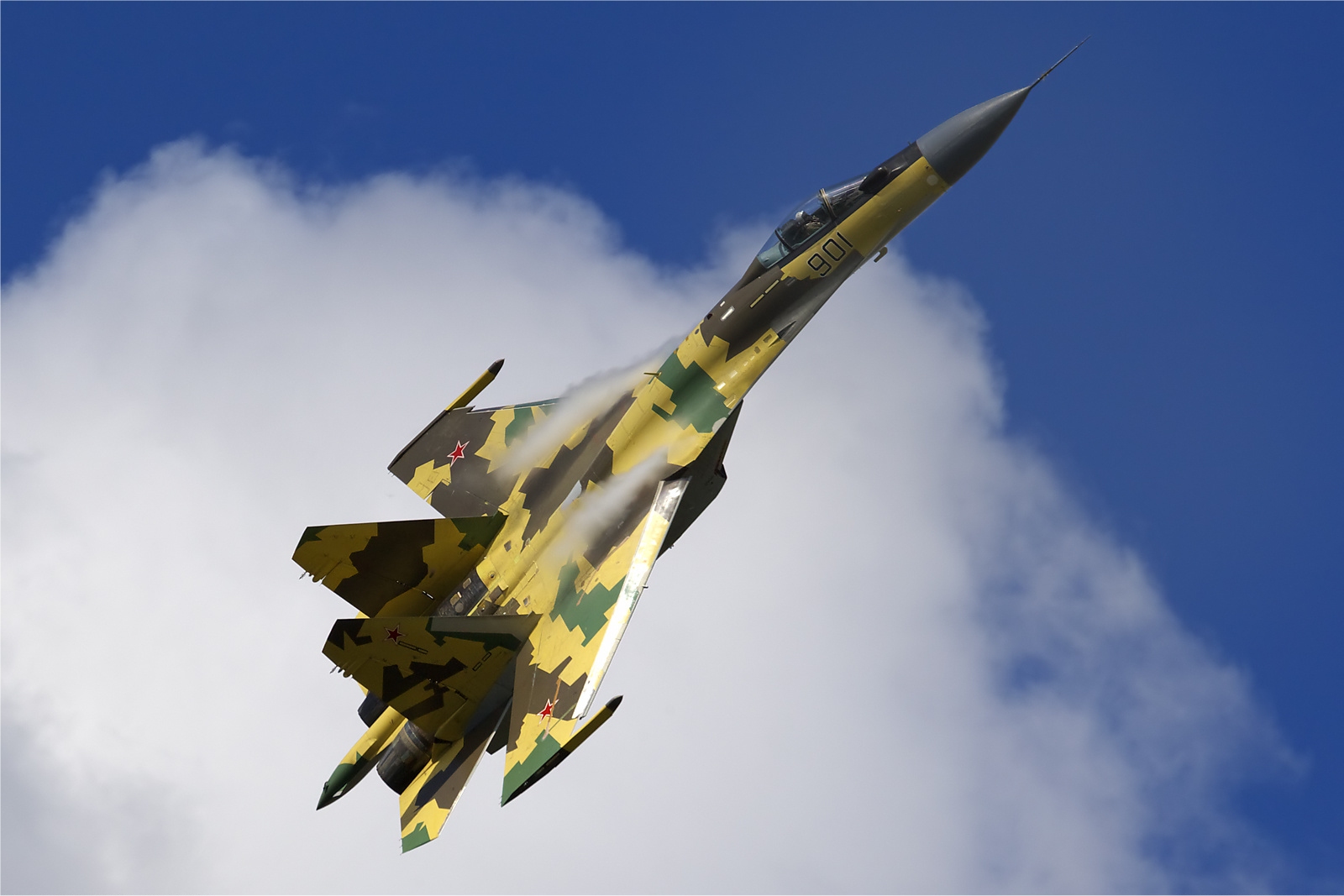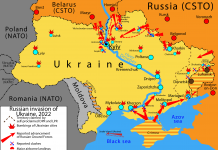
According to reports from Turkish sources, as cited by Iranian journalist Hayal Muazin, Iran is set to initiate domestic production of Russian Su-30 and Su-35 fighter jets. The Iranian government has allegedly secured a license for the manufacture of these aircraft and is currently preparing to establish an assembly facility. This development is anticipated to represent a significant advancement in Iran’s aviation capabilities, as noted by Muazin.
The plans reportedly include the production of between 48 and 72 Su-35 Flanker-E fighters tailored for the Iranian Air Force, although the specific numbers for the Su-30 Flanker-C series remain unspecified. The commencement of domestic assembly would not only enhance the Iranian military’s access to modern aerial combat platforms but also stimulate job creation and promote the growth of the national aviation sector.
Furthermore, this initiative aims to reduce Iran’s reliance on foreign military supplies, a crucial objective amid the ongoing international sanctions that restrict access to advanced technologies and weaponry. However, it remains unclear whether the license acquired allows for the production and export of these aircraft to third-party nations.
This development marks a pivotal moment in the escalation of military-technical cooperation between Russia and Iran, especially against the backdrop of increasing Western and Israeli pressure on Tehran. The transfer of production capabilities for fighter jets underscores the deepening strategic partnership between Moscow and Tehran, which could have significant implications for both regional and global security dynamics.
Iranian defense analysts have expressed that local production of the Su-30 and Su-35 would enhance Tehran’s operational autonomy and strategic flexibility, particularly amid ongoing regional tensions. They argue that such a project could significantly bolster the nation’s defensive posture.
Currently, there is no updated information regarding the anticipated delivery of Su-35s to Iran, despite expectations in recent months. Both Tehran and Moscow have maintained silence on the matter. The notion of domestically producing the Su-35 and Su-30 is not new; in July 2023, Iranian Defense Minister Mohammad-Reza Gharaei Ashtiani alluded to a strategic shift, implying that Iran possesses the capabilities to manufacture these advanced fighter jets domestically.
While hesitant to provide specifics, Ashtiani mentioned that initial agreements for procurement led to the realization of Iran’s own manufacturing potential. He did not dismiss the possibility of revisiting procurement options, indicating that authorities are “assessing the situation” for potential reevaluation.
The acquisition of Su-35 fighters from Russia would represent a considerable enhancement of the Iranian Air Force’s capabilities. The Su-35 is a multirole aircraft known for its advanced maneuverability, sophisticated radar systems, and enhanced armament, allowing Iran to improve its defenses against aerial threats and conduct diverse operations ranging from air superiority to precision ground strikes. This new equipment would enable Iran to maintain better control over its airspace, particularly in strategically vital regions like the Persian Gulf.
Additionally, the introduction of Su-35s would carry regional ramifications, potentially strengthening Iran’s military position within the Middle East and altering the balance of power, especially concerning nations like Saudi Arabia. The associated technology transfers from these acquisitions would facilitate advancements in Iran’s technical capabilities and support the development of domestic production of modern military technologies. Such progress would fortify Iran’s long-term defense strategy, particularly in light of the prevailing international sanctions.
The Su-30 and Su-35 are among the most advanced multirole fighter aircraft developed by the Russian company Sukhoi. While they share numerous features, they also exhibit key differences that make them suited for distinct operational roles. The Su-30, a two-seat multirole fighter, boasts an extended range and versatility for various combat scenarios. Equipped with two AL-31F engines, it possesses a combat radius of approximately 3,000 kilometers without refueling, making it capable of long-range missions and patrols. Its avionics include the N001VE multifunctional radar, enabling the detection of aerial and ground targets at considerable distances, complemented by a fire-control system and digital cockpit displays for enhanced situational awareness.
In contrast, the Su-35 represents a significant evolution of the Su-30, featuring more powerful engines and advanced avionics. Its AL-41F1S engines offer improved maneuverability and super-maneuvering capabilities through thrust vectoring technology, allowing for complex aerial maneuvers and control at lower speeds. The Su-35 is outfitted with an enhanced Irbis-E radar, which provides a greater detection range for targets—up to 400 kilometers for aerial threats and 200 kilometers for ground targets—enabling it to track multiple targets simultaneously.
Both aircraft can carry a diverse array of weaponry. The Su-30 typically employs air-to-air missiles such as the R-77 and R-73, alongside air-to-ground missiles like the Kh-29 and Kh-31, in addition to a 30mm GSh-30-1 cannon. Conversely, the Su-35 has superior armament capabilities, accommodating next-generation missiles such as the R-77-1 and R-37M, as well as precision-guided munitions, including the Kh-58 and Kh-59. Its advanced avionics feature an upgraded electronic countermeasures system, enhancing its resilience against contemporary threats, including radar and infrared-guided missiles.
The distinct operational capabilities of the Su-30 and Su-35 render them suitable for different missions; the Su-30 is ideal for extended patrol and long-range strike missions due to its greater range and dual-pilot configuration, while the Su-35 excels in rapid and aggressive air combat, leveraging its super-maneuverability and superior avionics. Its capacity to engage multiple aerial targets positions it as a crucial asset in modernizing any air force, offering a tactical edge in contemporary aerial warfare.





